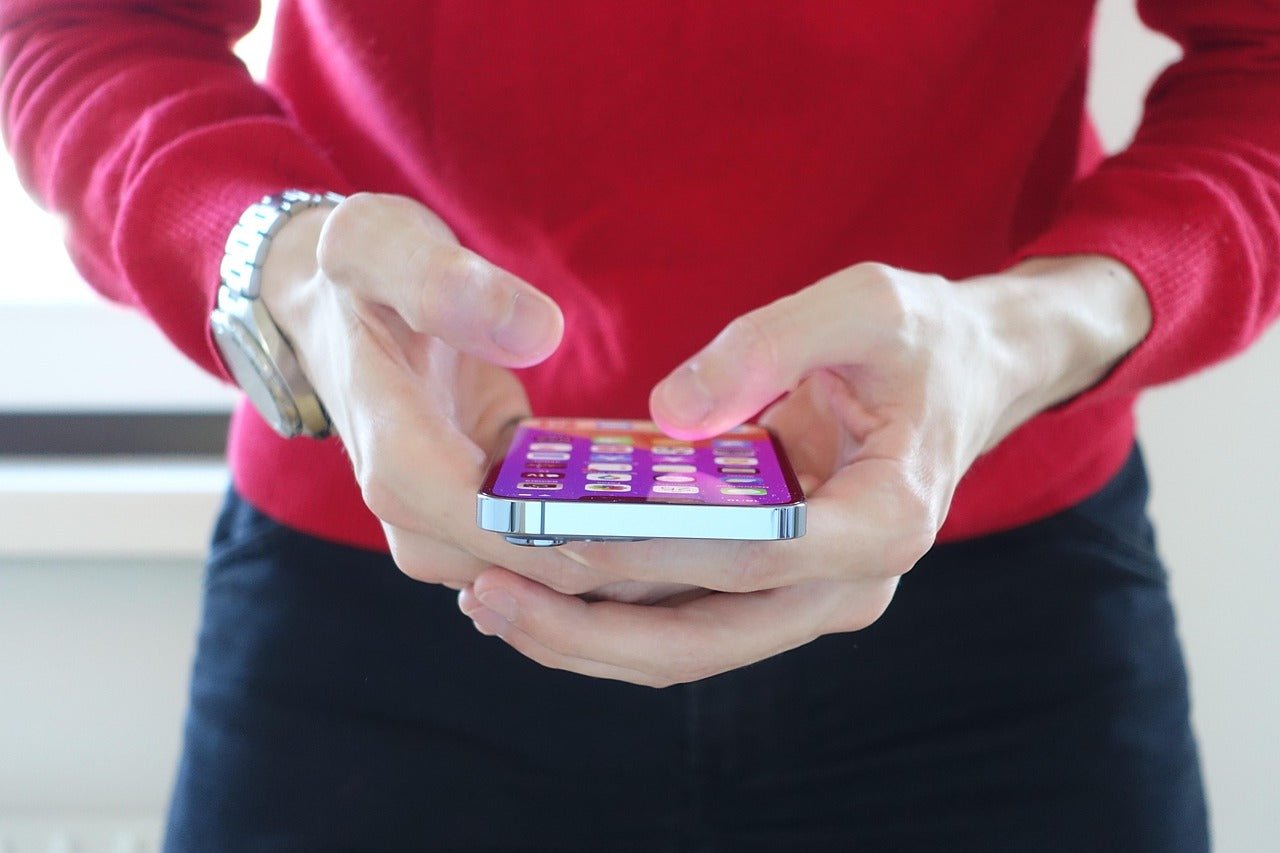Ever get that woozy feeling while scrolling on your iPhone? You’re not imagining it—those snazzy iOS animations, like zooming apps, shifting wallpapers, and parallax tricks, can leave some users feeling dizzy or unsettled. The good news? Apple’s Reduce Motion feature is here to save the day. Let’s dive into what it does, how to turn it on, and why it’s a must-try for a more comfortable iPhone experience.
What Is Reduce Motion on iPhone?
Reduce Motion is one of those brilliant accessibility features iPhone users can tap into to cut down on screen movement. If you’re sensitive to motion, deal with vertigo, or just feel off when navigating iOS, this setting is your new best friend. Here’s what enabling Reduce Motion does:
- Eliminates the parallax wiggle on app icons and backgrounds
- Swaps zooming app transitions for subtle fades
- Smooths out jarring shifts between screens
- Halts auto-playing animations in Messages
It’s a simple iOS motion sensitivity fix that keeps your device functional without the nausea-inducing flair.
How to Enable Reduce Motion on iPhone: A Quick Guide
Activating Reduce Motion is a breeze, and it takes less than a minute. Here’s how to do it on iOS 17 or later (as of March 2025):
- Open Settings: Tap the gear-shaped Settings app on your home screen.
- Head to Accessibility: Scroll and select “Accessibility” from the list.
- Tap Motion: Find “Motion” under the Vision heading and tap it.
- Turn On Reduce Motion: Slide the toggle next to “Reduce Motion” to “On” (it’ll glow green).
- Bonus Step: For an even gentler experience, switch on “Prefer Cross-Fade Transitions” right below it.
Done! Your iPhone will instantly feel less animated and more soothing. Test it out by opening an app or swiping around—it’s a game-changer.

Who Can Benefit from Reduce Motion?
This feature isn’t just for tech geeks—it’s for anyone wanting to reduce motion sickness on iOS. It’s especially great for:
- People who get queasy or dizzy from screen motion
- Anyone with vertigo or balance issues
- Users who love a minimalist, no-fuss interface
-
Those battling eye strain or screen overload
If any of that sounds like you, enabling Reduce Motion on iPhone could be your ticket to a happier scrolling session.
Extra iOS Accessibility Tips to Enhance Comfort
Why stop at Reduce Motion? Try these tweaks to make your iPhone even easier on your senses:
- Turn Off Message Effects: Go to Settings > Accessibility > Motion and disable “Auto-Play Message Effects” to skip animated texts.
- Lower Brightness: Dim your screen in Settings > Display & Brightness to reduce eye fatigue.
- Enable Dark Mode: Switch to Dark Mode (same menu) for a softer, less harsh display.
These accessibility features iPhone offers can team up with Reduce Motion for a truly tailored experience.
Why You’ll Love This iOS Trick
Let’s face it—motion sickness can turn your iPhone from a joy to a chore. Thankfully, Reduce Motion proves Apple cares about usability for all. Whether you’re prone to dizziness, tired of over-the-top effects, or just want a calmer vibe, this setting delivers. It’s one of those iOS accessibility tips that’s quick to apply and instantly rewarding.
Give it a shot next time those animations throw you off balance. Your eyes—and your stomach—will thank you.
Got other tricks to reduce motion sickness on iOS? Share them below!
If your phone’s display isn’t working properly, due to a screen issue or other hardware problem, Dr. Phonez is here to help! Get a free repair estimate at your nearest location.

